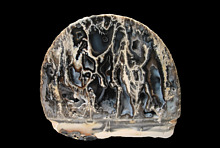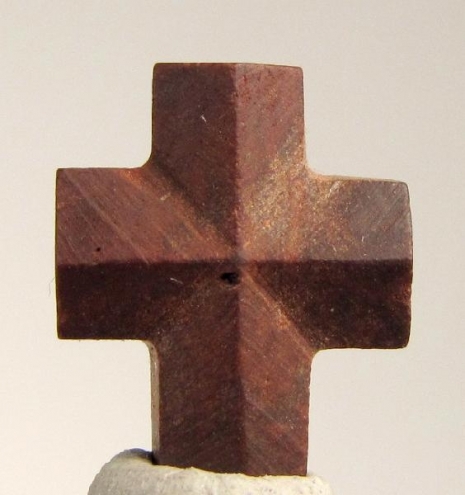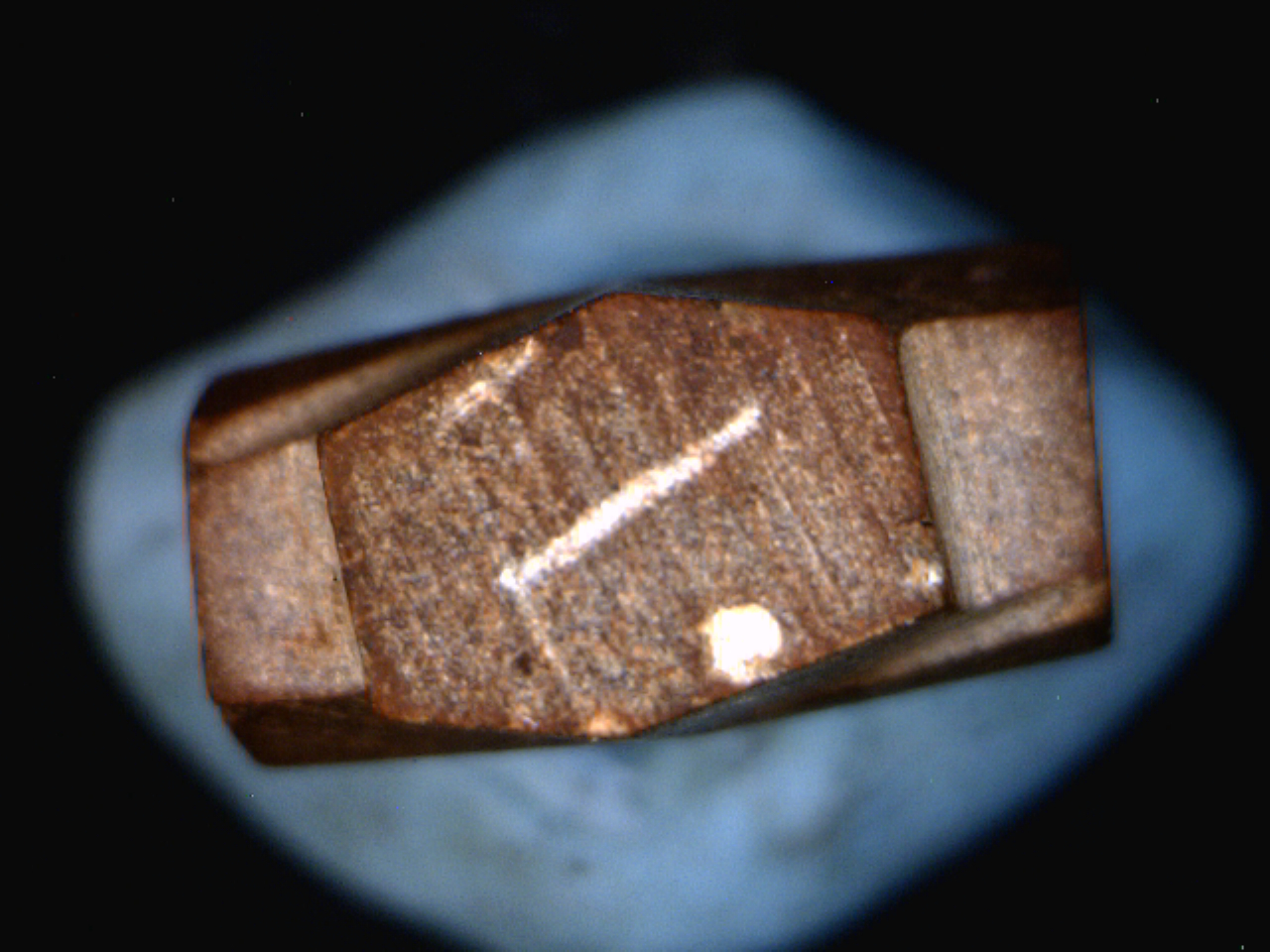Home PageAbout MindatThe Mindat ManualHistory of MindatCopyright StatusWho We AreContact UsAdvertise on Mindat
Donate to MindatCorporate SponsorshipSponsor a PageSponsored PagesMindat AdvertisersAdvertise on Mindat
Learning CenterWhat is a mineral?The most common minerals on earthInformation for EducatorsMindat ArticlesThe ElementsThe Rock H. Currier Digital LibraryGeologic Time
Minerals by PropertiesMinerals by ChemistryAdvanced Locality SearchRandom MineralRandom LocalitySearch by minIDLocalities Near MeSearch ArticlesSearch GlossaryMore Search Options
The Mindat ManualAdd a New PhotoRate PhotosLocality Edit ReportCoordinate Completion ReportAdd Glossary Item
Mining CompaniesStatisticsUsersMineral MuseumsClubs & OrganizationsMineral Shows & EventsThe Mindat DirectoryDevice SettingsThe Mineral Quiz
Photo SearchPhoto GalleriesSearch by ColorNew Photos TodayNew Photos YesterdayMembers' Photo GalleriesPast Photo of the Day GalleryPhotography
╳Discussions
💬 Home🔎 Search📅 LatestGroups
EducationOpen discussion area.Fakes & FraudsOpen discussion area.Field CollectingOpen discussion area.FossilsOpen discussion area.Gems and GemologyOpen discussion area.GeneralOpen discussion area.How to ContributeOpen discussion area.Identity HelpOpen discussion area.Improving Mindat.orgOpen discussion area.LocalitiesOpen discussion area.Lost and Stolen SpecimensOpen discussion area.MarketplaceOpen discussion area.MeteoritesOpen discussion area.Mindat ProductsOpen discussion area.Mineral ExchangesOpen discussion area.Mineral PhotographyOpen discussion area.Mineral ShowsOpen discussion area.Mineralogical ClassificationOpen discussion area.Mineralogy CourseOpen discussion area.MineralsOpen discussion area.Minerals and MuseumsOpen discussion area.PhotosOpen discussion area.Techniques for CollectorsOpen discussion area.The Rock H. Currier Digital LibraryOpen discussion area.UV MineralsOpen discussion area.Recent Images in Discussions
Fakes & FraudsStaurolite?
1st Sep 2013 18:45 UTCOlav Revheim Manager
Please see attached link for photo and more info.
Just ground or also manufactured?
Thanks
Olav

1st Sep 2013 21:00 UTCDenny Lawing
They do ground them down to improve the cross.
1st Sep 2013 21:07 UTCReiner Mielke Expert

2nd Sep 2013 00:14 UTCDenny Lawing

2nd Sep 2013 01:21 UTCEd Clopton 🌟 Expert

2nd Sep 2013 18:02 UTCKelly Nash 🌟 Expert
2nd Sep 2013 20:40 UTCOlav Revheim Manager
I addition to this thread, I have been in direct contact with Bill Cordua who posted the photo in my original post. . He considers the light brown perfectly shaped staurolite cross in this photo to be not only ground, but also not staurolite. He originally acquired it to be able to show the difference between real and fake staurolite, and apparently there were some of these on the market a few years back.
Mr Cordua posted his photo as a justification to question whether this photo really was staurolite:
this staurolite cross is known to be ground ( see photo caption).
Judged by the appearance of these two specimens,they may come form the same batch of material that was on the market a few years back, and it would really be good if it was possible to find out if anyone had any information on these ground and possible faked staurolite
:-S
The natural specimens that are just water gunned may be very similar, like this one
which of course complicates matters. :-)
Again, thank you very much for your input
Olav

2nd Sep 2013 22:22 UTCBill Cordua 🌟 Manager
3rd Sep 2013 00:05 UTCReiner Mielke Expert

3rd Sep 2013 00:56 UTCA. A. Faller
The "crosses' around the Fairy Stone Park area, or near the town of Bassett for example, tend to be highly weathered and
yellowish-tan to light brown in color. The actual plus signs tend to be far fewer than various penetration angles, and way to
small for anyone to "cut and shape." I know of no company or lapidarist that collects enough of these from ANYWHERE (as
perfect crosses that are dark brown) in order to mount a peg in to sell as jewelry. I challenge those distributors of these "things"
that claim they are natural to step us through the process, from collection to processing. The presented jewelry is not natural...

3rd Sep 2013 05:16 UTCDoug Daniels

3rd Sep 2013 05:39 UTCD Mike Reinke
Mike

3rd Sep 2013 15:25 UTCKelly Nash 🌟 Expert
The second picture in Olav's post above is a twin from Taos County that was supposedly cleaned with a water gun. There are several staurolites in the gallery from various localities showing these diagonal striations, which appear to be parallel to a sphenoidal ("chisel") face on the termination (that is often not present). There are many more pictured staurolite crystals that do not have the striations. But of those that do, some of them don't look like they've been scrubbed. Sometimes the striations are very subtle. I agree I'd feel better about it if Goldschmidt had illustrated them.
3rd Sep 2013 17:51 UTCReiner Mielke Expert

3rd Sep 2013 21:34 UTCKelly Nash 🌟 Expert
I can't vouch for that crystal, I was just saying I don't believe the fact that there are diagonal striations (parallel to the r-face or <101>, I believe) means that a particular crystal has been "shaped".

4th Sep 2013 16:40 UTCKelly Nash 🌟 Expert
4th Sep 2013 18:46 UTCRob Woodside 🌟 Manager

4th Sep 2013 18:59 UTCKelly Nash 🌟 Expert
But I do think it's staurolite, and I kind of like it.
4th Sep 2013 19:07 UTCRob Woodside 🌟 Manager

4th Sep 2013 19:09 UTCSpencer Ivan Mather
Spencer.

4th Sep 2013 19:09 UTCKelly Nash 🌟 Expert

4th Sep 2013 19:21 UTCKelly Nash 🌟 Expert
A water spray gun seems OK for most, how about if I rub it with a stick? A brass brush? Cut and polish a variscite or agate nodule? If I'd thought this one was created with a carving tool, I probably wouldn't have spent the few dollars it cost me, but I think it's largely natural.
I'm pretty confident that 99% of the specimens in my collection have had no reworking other than trimming and cleaning (uh oh), but I personally don't go off the rails about minor alterations (which to me are down the scale from "fakes, frauds, and marketing ploys"). Life's too short.
4th Sep 2013 20:05 UTCOlav Revheim Manager
I placed the thread in this forum as the original question was whether an admittedly ground staurolite specimen was in deed staurolite or perhaps another material altogether. The discussion has developed in another, more interesting direction, and I am glad it has. The question now seems to be whether diagonal striations on staurolite crystals can occur naturally ( which it seems it can) and if so, what are the mechanisms causing these striations?
I am afraid that an answer to that is way out of my league.
Thanks again :-)
Olav
5th Sep 2013 02:10 UTCReiner Mielke Expert
Very interesting! But are the striations on both faces? It is difficult to tell from the photo.

5th Sep 2013 02:23 UTCAlfredo Petrov Manager
Addendum: Looking carefully at the few photos that appear to show crude striations, I wonder whether those "striations" are due to the crystal structure of the staurolite or whether they are contacts between the staurolite and the planar structure of the enclosing mica?

5th Sep 2013 02:34 UTCKelly Nash 🌟 Expert

5th Sep 2013 02:36 UTCDoug Daniels

5th Sep 2013 03:02 UTCKelly Nash 🌟 Expert
(On edit:) The striations also look a bit like etch pits. Staurolite is quite resistant to weathering/etching, but perhaps there are some situations where there is some etching parallel to the pinacoid (101). I have not really found any decisive reference to a crystallographic explanation for these features, but maybe I just haven't looked hard enough.
5th Sep 2013 19:26 UTCRob Woodside 🌟 Manager

6th Sep 2013 03:59 UTCKelly Nash 🌟 Expert
6th Sep 2013 06:56 UTCOlav Revheim Manager
Olav
6th Sep 2013 07:10 UTCRob Woodside 🌟 Manager

6th Sep 2013 13:35 UTCKelly Nash 🌟 Expert
6th Sep 2013 14:28 UTCMark Heintzelman 🌟 Expert
Any "natural" specimen I ever saw from fairystone in Virginia had a granular appearance to the surface, NO striations. The locality is best known for the frequency of good 90 degree twining. Very popular as tourist trinkets/curiosities, I remember as a child the one my mother had, a very nice "cross" at a perfect 90 degrees, and she had no particular interest in rocks!
The picture sure looks like the result of grinding to me too.
MRH

9th Sep 2013 19:41 UTCBill Cordua 🌟 Manager
9th Sep 2013 20:46 UTCOlav Revheim Manager
Thank you very much!! Do you think that you can upload the two photos you have with the fakes to the database in the "other" category? I would like to use them in the "Best of Staurolite" thread as examples of fakes.
Olav

10th Sep 2013 03:47 UTCBill Cordua 🌟 Manager
11th Sep 2013 15:03 UTCOlav Revheim Manager
Bill, I just noticed that you had uploaded your photos of the fake specimen. I will add them to the article tomorrow.
Thanks
Olav
11th Sep 2013 16:57 UTCVandall Thomas King Manager
Mindat.org is an outreach project of the Hudson Institute of Mineralogy, a 501(c)(3) not-for-profit organization.
Copyright © mindat.org and the Hudson Institute of Mineralogy 1993-2024, except where stated. Most political location boundaries are © OpenStreetMap contributors. Mindat.org relies on the contributions of thousands of members and supporters. Founded in 2000 by Jolyon Ralph.
Privacy Policy - Terms & Conditions - Contact Us / DMCA issues - Report a bug/vulnerability Current server date and time: April 25, 2024 05:05:22
Copyright © mindat.org and the Hudson Institute of Mineralogy 1993-2024, except where stated. Most political location boundaries are © OpenStreetMap contributors. Mindat.org relies on the contributions of thousands of members and supporters. Founded in 2000 by Jolyon Ralph.
Privacy Policy - Terms & Conditions - Contact Us / DMCA issues - Report a bug/vulnerability Current server date and time: April 25, 2024 05:05:22






















Picuris District, Taos County, New Mexico, USA